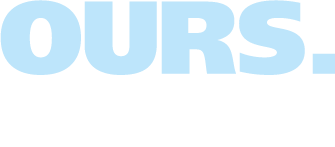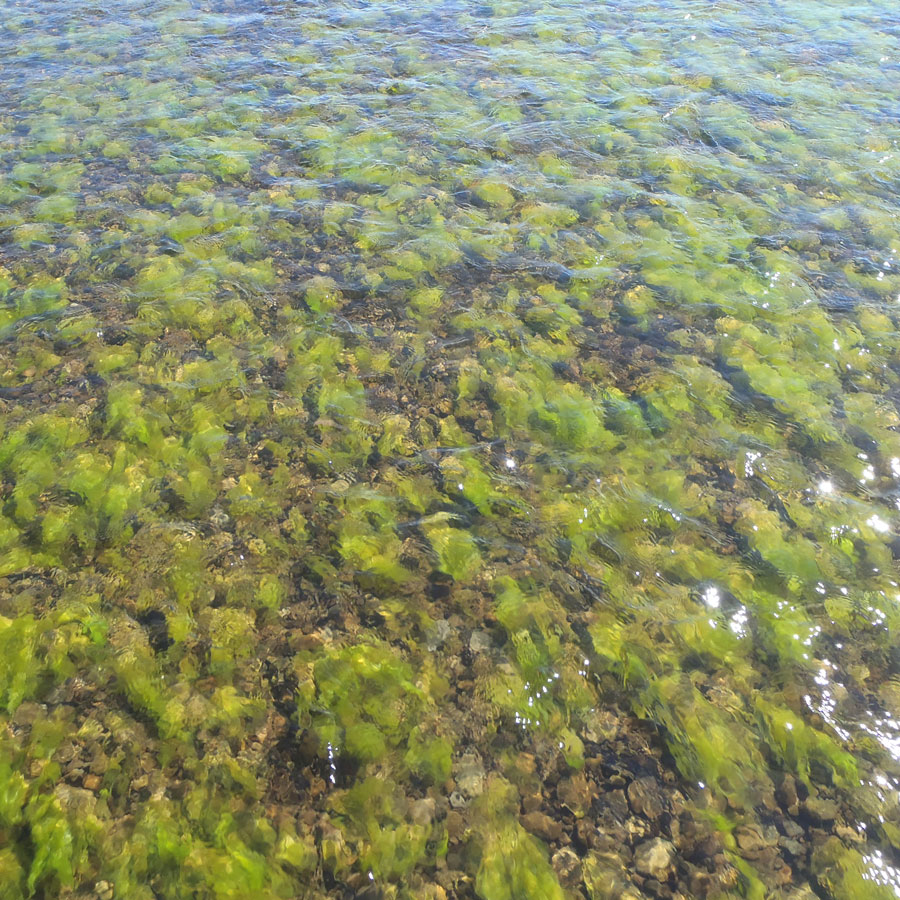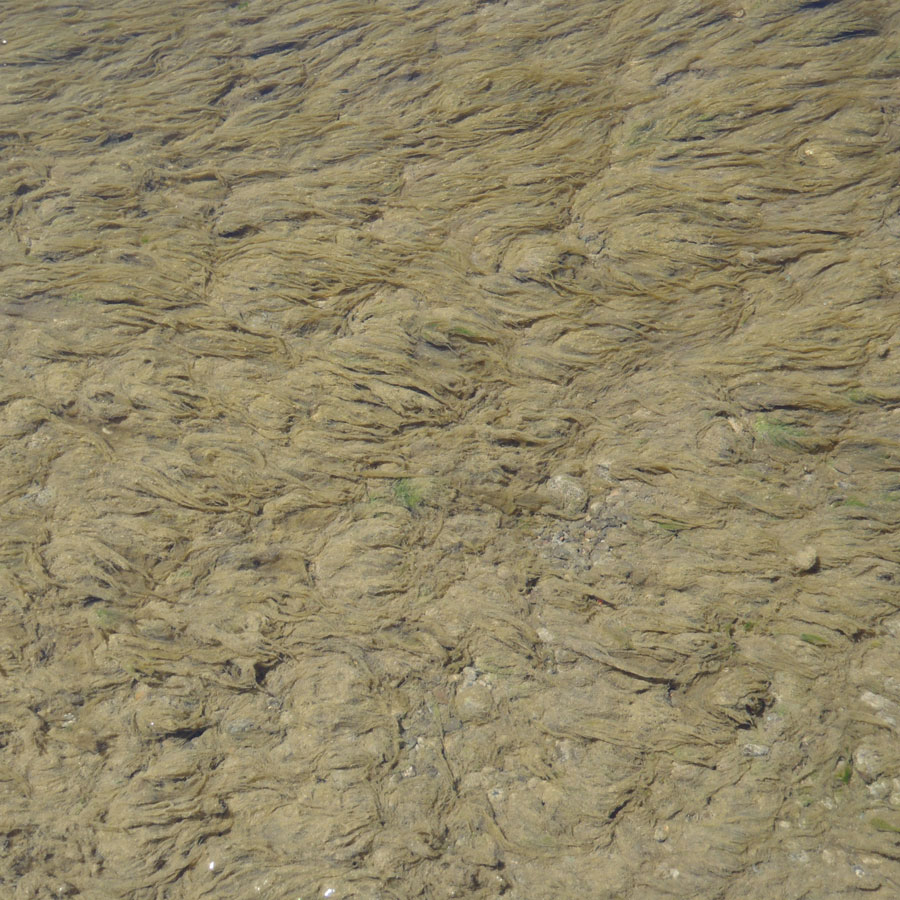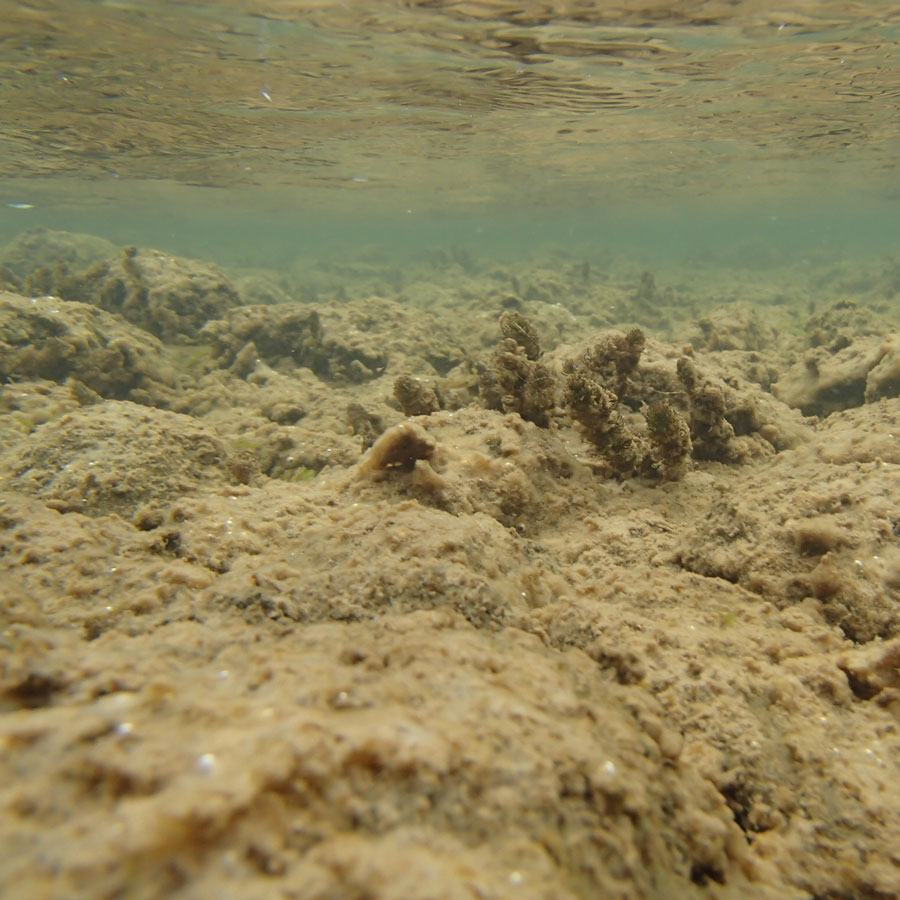Like grass on a lawn or paddock, aquatic plants need nutrients to grow. The two major nutrients required for plant growth are nitrogen and phosphorus. Both nitrogen and phosphorus can be present in water in a number of forms which can be measured individually or together.
In healthy rivers and streams, nutrients occur naturally in small amounts. However, the same nutrients can become an issue if they reach levels that overstimulate plant and algal growth or become toxic to aquatic life. While toxic levels of nutrient are generally not an issue in the Manawatū Catchment, nitrogen and phosphorus do exceed the levels required for controlling the growth of nuisance algae (periphyton) in some places.
Manawatū-Whanganui Regional water quality state and trends 2018
Horizons Regional Council has monitored nutrient levels in the catchment since 1989. This report was commissioned Horizons to independently assess water quality state and trends across the region and was created by Land Water People (LWP).
Monitoring of nitrate in agricultural catchments – a case study on the Manawatu River, New Zealand
This study investigated the application of high-resolution sensors to measure nitrate-N in a low nitrate-N concentration environment. The study was undertaken in the Manawatu River at the Teachers College monitoring site, for a period of one year from Feb 2016 to Jan 2017.
Te whakahaere taiora i te awa o Manawatū me ōna manga
Managing nutrients in the Manawatū Catchment
As with a lot of the priority areas identified in the Action Plan, most of the activity has a positive impact on nutrients in some way. Some of the key factors implemented to reduce nutrient levels are:
- Stream fencing and riparian planting around waterways, which has many benefits.
- Regulatory changes and sustainable land management programmes designed to decrease runoff of sediment, nutrients and bacteria from intensive land use.
- Point source discharges have been combined and networks have been built to connect them to single discharge points. With less sources it is easier to monitor effects and make upgrades.
Another major contributor to reducing excessive nutrients is upgrades of wastewater treatment plants across the catchment. Improvements to Shannon wastewater treatment plant included a new effluent storage pond and land irrigation system, and removing 144 million litres of direct discharge to the awa every year. Land irrigation systems are also being installed in Feilding, where concentrations downstream of the wastewater treatment plants were reaching toxic levels for aquatic life. In Feilding, the effects of action taken can now been seen. Monitoring by Horizons Regional Council shows improvement across a range of water quality indicators downstream of the wastewater treatment plant, including sediment, nutrients, bacteria and algae.
Since the start of the Accord Woodville, Pahiatua, and Kimbolton, wastewater treatment plants have also been upgraded, while changes to Foxton, Tokomaru and Palmerston North wastewater treatment plants are in varying stages of upgrades.
Take a look at the See Progress Map to see what’s been happening in your area.




